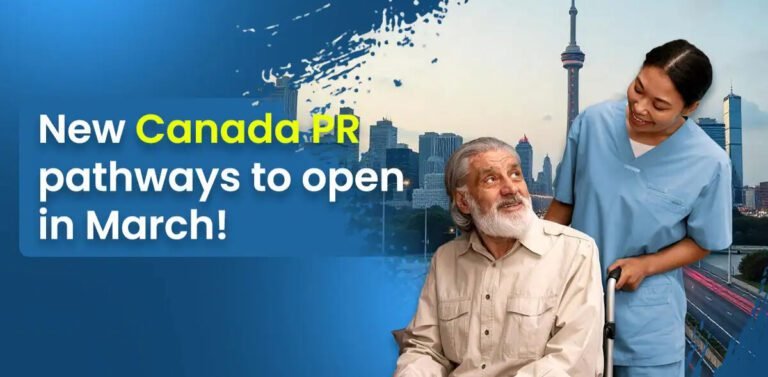Canada’s policies for attracting global talent have received a glowing review in a new white paper from the Graduate Management Admissions Council (GMAC).
Innovative policies including the Global Skills Strategy are positioning Canada ‘to yield economic benefits in the years and decades to come’, the report says.
Canada’s success in attracting international students and retaining them after they graduate is also lauded in the report, which studies global talent flows in five countries:
- Canada
- USA
- UK
- India
- China
The white paper, entitled ‘Early Warning Signals: Winners and Losers in the Global Race for Talent’ highlights how the demographic challenges facing Canada mean the only way it can get the talent it needs in its economy is through immigration.
It points out that while immigrations make up 20 percent of Canada’s population, they hold half of all degrees in STEM subjects – Science, Technology, Engineering and Mathematics.
Central to Canada’s ability to compete in attracting STEM skilled workers is the Global Skills Strategy, which includes the Global Talent Stream, launched in June 2016.
This introduced two-week work permit processing for Canadas most in-demand occupations, plus short-term work permit exemptions.
It has given businesses a reliable stream of foreign talent, reducing a process that once took up to a year down to 10 working days.
What Are The Key Elements Of The Global Talent Stream?
- Two-week standard for processing Canada work permit applications (and Canada visa applications when applicable) for highly skilled talent.
- Dedicated service for companies looking to make significant job-creating investments in Canada.
- Dropping of the work permit requirement for short-term highly skilled work (30 days or less in a 12-month period), and brief academic stays.
- Companies applying for workers through the Global Talent Stream will have access to the new streamlined application process that will provide:
- Client-focused service to help guide eligible employers through the application process and the development of the Labour Market Benefits Plan, with a service standard of 10 business days.
- Eligibility for workers to have their work permit applications processed in 10 business days.
At the same time as Canada dramatically reduced processing times, the U.S. has increased red tape under its H-1B visa. This means that many of the skilled workers who would once have looked to the U.S. are now switching their focus north of the border.
Alongside the success of the GTS, the GMAC report also highlights Canada’s progress in attracting international students.
“As fewer international students apply to the United States, more students are zeroing in on the potential opportunities awaiting in Canada,” the report reads.
Canada has seen an 8.6 percent boost in international business school applications in 2019, the report notes, following on from 1 16.4 percent increase in 2018.
The report calls this ‘a positive signal for the country’s future and mobility trends ahead’.
Canada currently has 572,000 Study Permit holders, with the report highlighting its established pathway for international students to get their degrees, work after they graduate and qualify for permanent residence.
A 2018 Canadian Bureau for International Education survey reveals 60 percent of international students who come to Canada plan to become permanent residents.
“Collectively, these efforts are bearing fruit, when it comes to shoring up talent for the economy for the long-term,” the GMAC report concludes.







